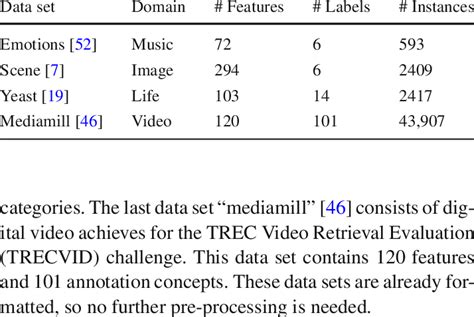Gaining Insights from Public Datasets: A Guide to Correlation Analysis of Bitcoin and Ethereum
As the world’s leading cryptocurrencies, Bitcoin (BTC) and Ethereum (ETH) have attracted a lot of attention due to their unique characteristics, use cases, and applications. In recent years, there has been an increasing interest in analyzing and correlating datasets related to these cryptocurrencies to better understand market trends, sentiment, and behavior. This article aims to provide a comprehensive overview of available public datasets that can be used for correlation analysis and highlight importable formats and APIs.
Available Datasets
Several datasets are publicly available and provide valuable insights into the performance of Bitcoin and Ethereum. Here are some examples:
- Coin Metrics: CoinMetrics (CM) offers a range of financial data feeds including:
- Price data from crypto exchanges
- Trading volume
- Market cap
- Token supply
- CryptoSpectator
: CryptoSpectator offers a comprehensive dataset on various cryptocurrencies, including Bitcoin and Ethereum, with:
- Historical price and trading volume data
- Fundamental indicators (e.g. GDP, inflation rates)
- Binance Data API: Binance offers an official API that provides access to its exchange data including:
- Order books and trading history
- Market cap and token supply
- CryptoCompare Trading Data

: CryptoCompare offers a trading data platform with:
- Historical price and trading volume data
- Market cap and token supply
- CoinMarketCap API: CoinMarketCap offers an official API for the Access its cryptocurrency market data, including:
- Price and trading volume
- Market capitalization
Importable formats
There are several importable formats available to facilitate the analysis of these datasets:
- JSON (JavaScript Object Notation): Many datasets provide JSON files that can be easily imported into programming languages such as Python or R.
- CSV (Comma Separated Values): CSV files provide an easy way to import data from spreadsheets or external databases.
- SQL (Structured Query Language): Some datasets provide SQL queries to import and analyze data.
APIs
There are several APIs available to access the data:
- CoinMetrics API: Provides real-time, historical, and trading volume data for various cryptocurrencies.
- Binance Data API: Provides historical price and trading volume data, as well as other market metrics.
- CryptoCompares Trading Data API: Provides access to historical price and trading volume data, as well as market capitalization.
Correlation Analysis Tools
To perform statistical analysis of the correlation between Bitcoin and Ethereum, you can use several tools:
- Python libraries:
pandasfor data manipulation and analysis;numpyfor numerical calculations;matplotlibandseabornfor data visualization.
- R programming language: Provides a rich range of packages for analyzing financial data (e.g.
quandl,ggplot2,dplyr).
- SQL database management systems: Can be used to analyze and visualize the data using SQL queries.
Conclusion
The availability of public datasets has opened up new opportunities for correlation analysis between Bitcoin and Ethereum. By leveraging importable formats, APIs, and statistical libraries, engineers can gain valuable insights into market trends, sentiment, and behavior. As the cryptocurrency landscape continues to evolve, the importance of correlation analysis will only grow, driving innovation in data science, finance, and beyond.
Recommendations for engineers
- Familiarize yourself with the available datasets and importable formats.
- Explore APIs and tools for statistical analysis.
